‘Morning Glory’, Bodies Dancing into the Dusk
Mexican photographer Orlando Vega captures the life cycle of the popular flower in Japan through a play of fabrics and shadows.
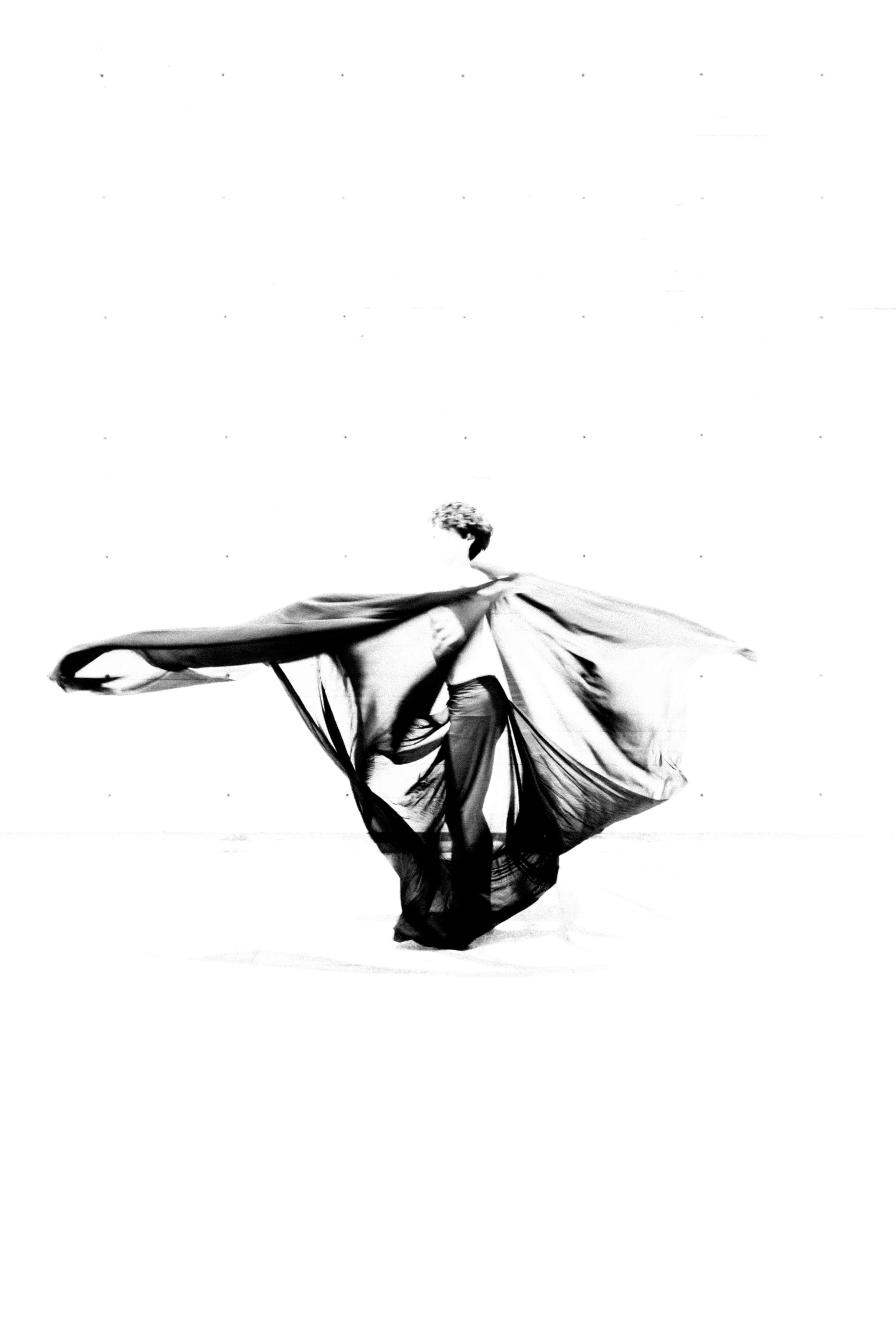
© Orlando Vega
It is believed that asagao (the Japanese name for morning glory), was brought to Japan from China about 1,200 years ago. The cultivation of this flower and the creation of new hybrids flourished during the Edo period, and its popularity led to the publication of illustrated books such as the 朝顔三十六花撰 (Selection of 36 Morning Glory, 1854).
These trumpet-shaped, brightly colored flowers begin to bloom in the early hours of the day, usually opening fully at dawn, and closing and dying as dusk arrives. Captivated by this daily dance, Orlando Vega decided to pay homage to the flower with a series of photographs titled Morning Glory: Ipomoea Cairica taken in April 2024 in Mexico City.
Born in the State of Mexico in 1998, Orlando Vega began his photography journey at the young age of 14. He brings together nature, fashion, and the human body, and has participated in photography and creative direction projects with MUBI Latin America, Calvin Klein, Prada, Valentino Beauty, Adidas, among others.
Light and Movement, Suspended in Black and White
Growing up surrounded by flowers thanks to his grandfather, Orlando Vega has been attuned from a young age to the parallels that exist in the life cycles, shapes, and textures of human beings and nature. To capture this connection, he collaborated with ballet dancer Edwin Said and film director Santiago Faci for this project.
The setting for this photographic series is the stairs of La Estela de Luz, a monument commemorating the Bicentennial of Mexican Independence. In this expansive space, concrete and light create an intriguing play of shadows, which the photographer exploits by shooting from different angles. In some of the photographs, shadows are transformed through a sort of visual trick into vertical movements that reach toward the sky.
A garment from JJ Rizo’s Siluetas collection wraps around the dancer’s body. Half-hidden and almost forgetting its human form under the fabric, the body becomes the backbone that imbues life into the flower. Despite the seemingly delicate image of the morning glory, the contrast of blacks and whites in the photographs infuses this daily ritual of opening and closing with vitality. The opening, an explosion of life and a desire to embrace the day; the closing, a moment of stillness and reflection on what has been, perhaps mourning for what was not, along with the repose that comes at night.
For the morning glory, death arrives at the end of the day; for us, this cycle unfolds daily, with each dawn offering a chance to perform the dance with a bit more poise than the day before.
To view Orlando Vega’s photography, you can visit his website or check out his Instagram account.
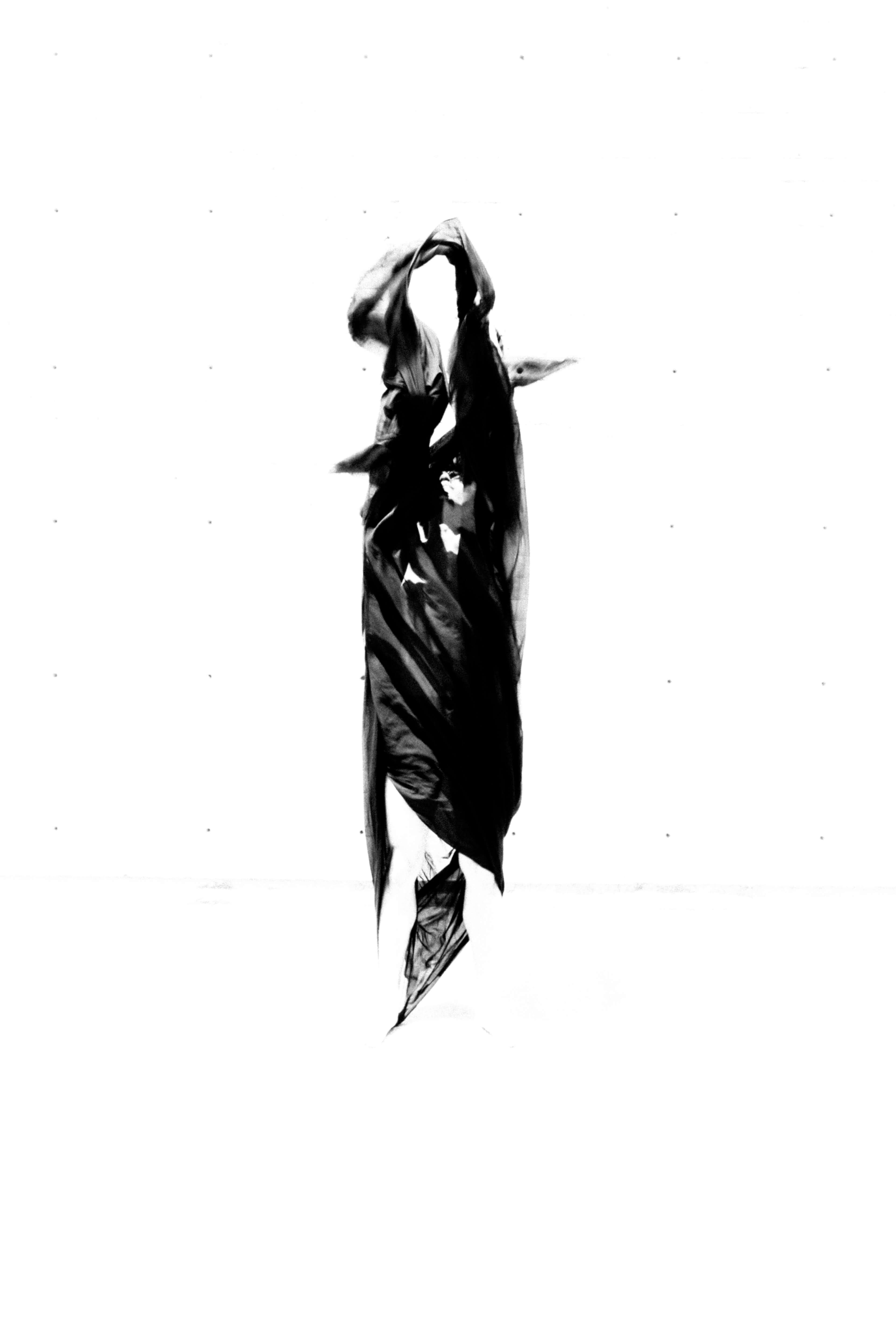
© Orlando Vega
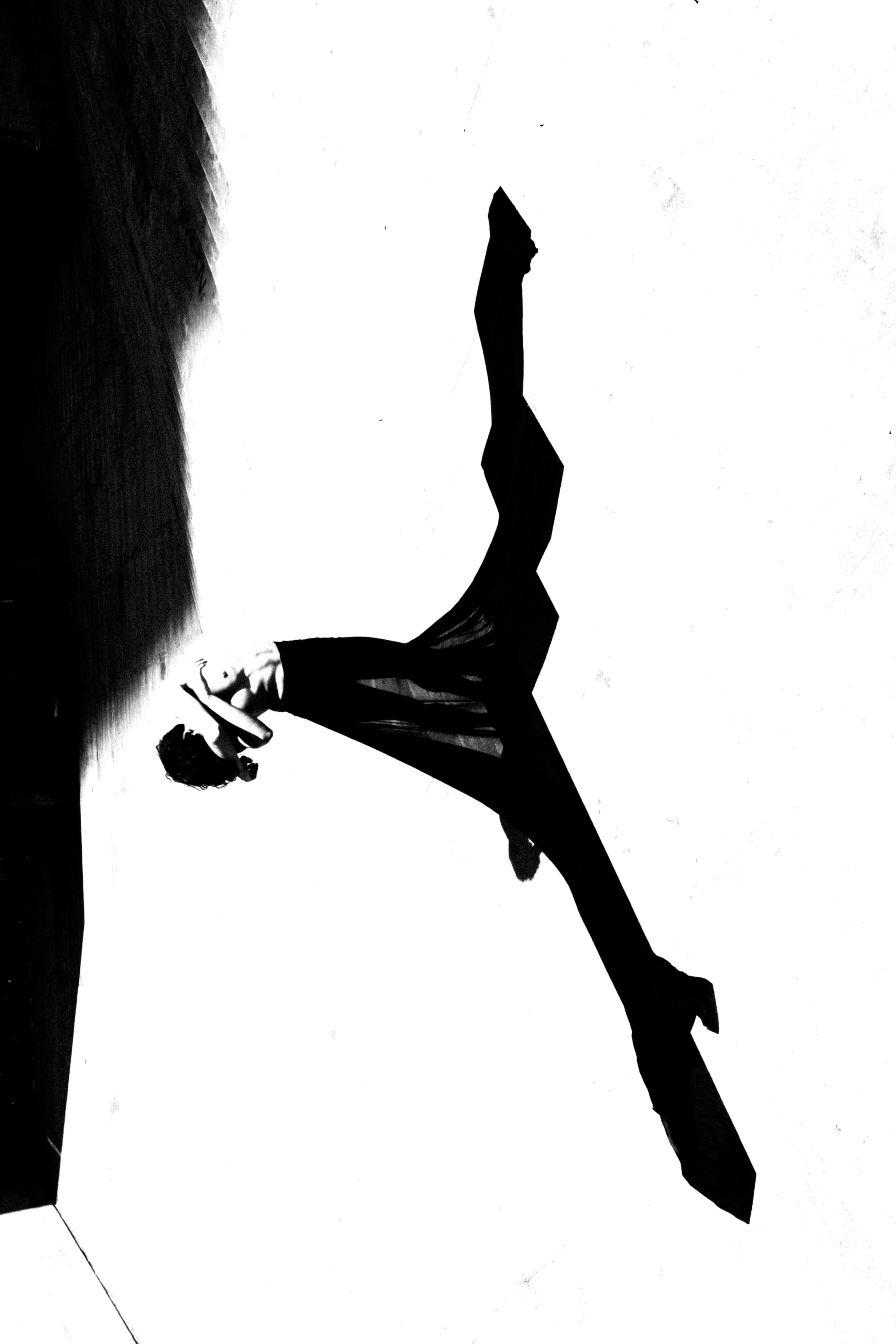
© Orlando Vega
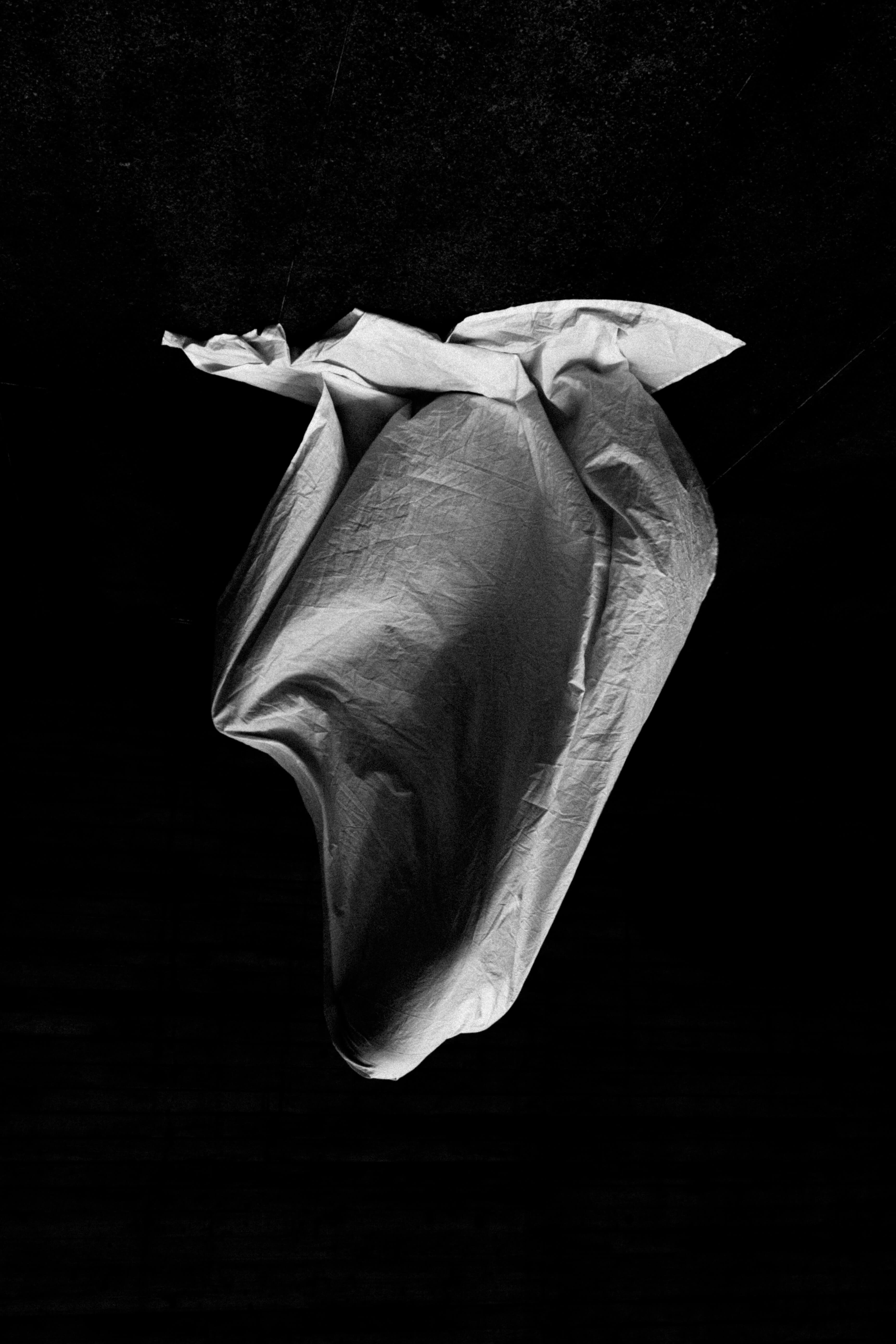
© Orlando Vega

© Orlando Vega
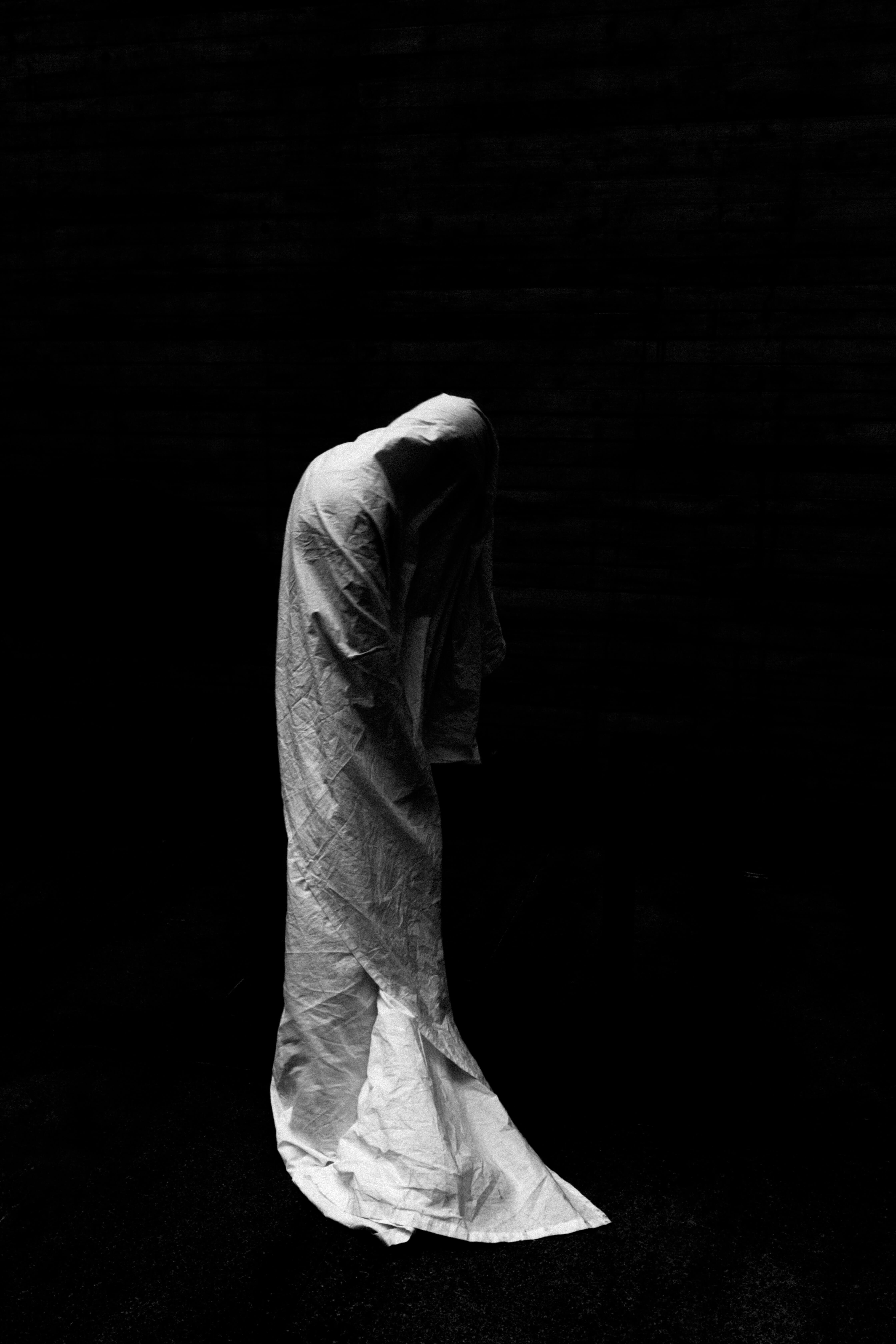
© Orlando Vega
TRENDING
-
The Tattoos that Marked the Criminals of the Edo Period
Traditional tattoos were strong signifiers; murderers had head tattoos, while theft might result in an arm tattoo.

-
Chiharu Shiota, Red Threads of the Soul
Last year, more than 660,000 people visited the retrospective 'Chiharu Shiota: The Soul Trembles' exhibit at the Mori Art Museum.

-
‘Before Doubting Others, Doubt Yourself. Who Can Truly Say a Dish Isn’t What It Used to Be?’
In ‘A Non-Conformist’s Guide to Surviving Society’, author Satoshi Ogawa shares his strategies for navigating everyday life.

-
The Story of Sada Yacco, the Geisha who Bewitched Europe
Described by Dazed magazine as the first beauty influencer, she has been restored to her former glory since 2019.

-
Ito Jakuchu's Naturalist Paintings
From 15 September until 14 October 2018, the Petit Palais showcased the artist's iconic ‘Images of the Colourful Realm of Living Beings’.





